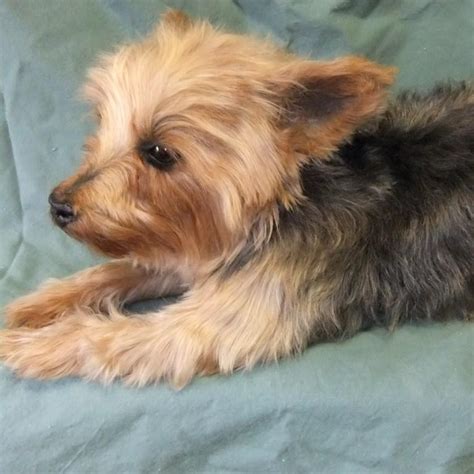Your Dog's Legacy: Taxidermy Pricing & Planning
Losing a beloved pet is incredibly difficult. Many pet owners seek ways to preserve their furry friend's memory, and taxidermy offers a tangible way to keep their companion close. However, understanding the costs and planning involved is crucial before making this decision. This guide explores taxidermy pricing, the planning process, and important considerations to help you honor your dog's legacy.
What Factors Influence Taxidermy Costs?
The price of dog taxidermy varies significantly depending on several factors:
-
Size and Breed: Larger breeds naturally require more materials and time, resulting in higher costs. A Great Dane will cost considerably more than a Chihuahua.
-
Pose and Complexity: A simple, lying-down pose is generally less expensive than a more complex, dynamic pose (e.g., a dog standing, fetching a ball). Intricate details and custom requests also add to the expense.
-
Taxidermist Experience and Location: Experienced taxidermists with a strong reputation often charge more than those just starting. Geographic location also influences pricing due to variations in labor costs and material availability.
-
Condition of the Animal: The condition of your dog upon arrival significantly impacts the process. Animals that arrive quickly after passing and are well-preserved require less work and may cost less than those that have experienced significant decomposition.
-
Mount Type: Different mounting styles (life-size, half-mount, shoulder mount, etc.) all have varying levels of complexity and thus, different price points.
How Much Does Dog Taxidermy Typically Cost?
While a precise price range is difficult to give without specifics, expect to pay anywhere from $300 to $2000 or more. Smaller breeds with simpler poses will fall towards the lower end, while larger breeds with complex poses can easily exceed $1000. Always request a detailed quote from your chosen taxidermist.
Finding a Reputable Taxidermist: A Key Step
Choosing the right taxidermist is paramount. Consider these factors:
-
Experience and Portfolio: Look for a taxidermist with extensive experience working with dogs and a portfolio showcasing their high-quality work. Check online reviews and testimonials.
-
References and Recommendations: Ask for references from previous clients.
-
Communication and Professionalism: A reputable taxidermist will communicate clearly throughout the process, answer your questions thoroughly, and treat your pet with respect.
-
Licensing and Insurance: Ensure your chosen taxidermist is properly licensed and insured, offering you peace of mind.
Planning the Taxidermy Process: What to Expect
Here's a breakdown of the typical steps involved:
-
Contacting the Taxidermist: Reach out early to discuss options, pricing, and scheduling. There may be a waiting list.
-
Preparing Your Pet: The taxidermist will likely provide guidelines on how to prepare your dog for transport. This might involve keeping it cool and potentially placing it in a specific container.
-
Consultation and Design: Discuss your vision for the final product, including pose, position, and any other specific requests.
-
The Taxidermy Process: This involves the careful preparation, preservation, and mounting of your dog.
-
The Unveiling and Pick-up: Once completed, you'll arrange a time to pick up your dog's taxidermy mount.
What if My Dog is Decomposed? Can it Still be Taxidermied?
While ideal results are achieved with fresh specimens, some taxidermists are experienced in working with animals that have undergone some degree of decomposition. However, this will significantly increase the cost and may impact the final quality of the mount. It's crucial to contact a taxidermist immediately upon your pet's passing to discuss options.
How Long Does the Process Take?
The timeframe for completing the taxidermy process varies significantly based on the taxidermist's workload, the complexity of the mount, and the size of the animal. Expect it to take anywhere from several weeks to several months.
Is Taxidermy Right for Me?
Taxidermy is a deeply personal decision. Weigh the pros and cons carefully: It provides a lasting memorial, but it also requires careful planning and financial investment. Alternative memorialization options, such as cremation with ashes kept in an urn or creating a memorial paw print, may be more suitable for some.
Conclusion: Preserving Your Dog's Memory
Taxidermy can be a powerful way to preserve the memory of your beloved canine companion. By carefully considering the factors outlined above and working with a reputable taxidermist, you can create a lasting tribute that honors your dog's life and keeps their memory alive. Remember to carefully weigh the costs, planning requirements, and emotional implications before making a decision.

